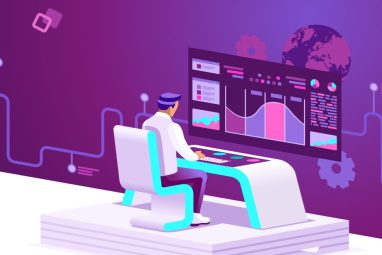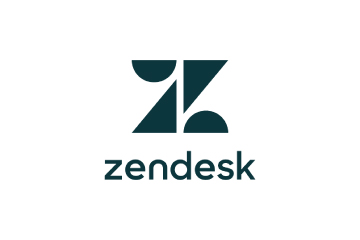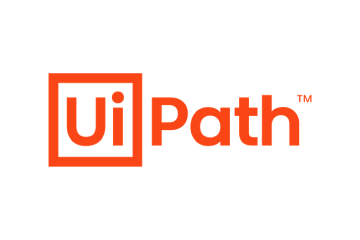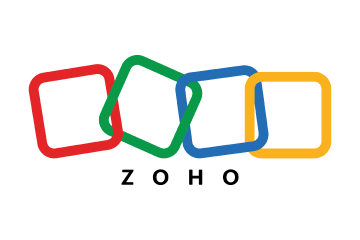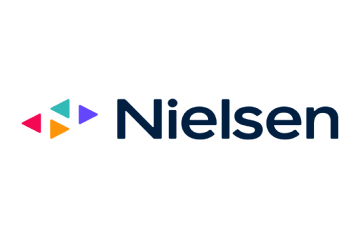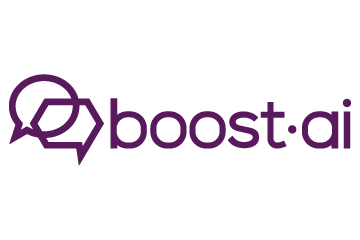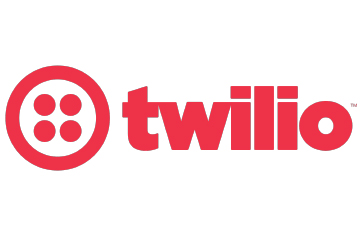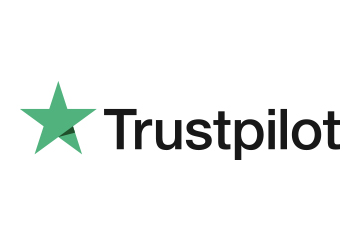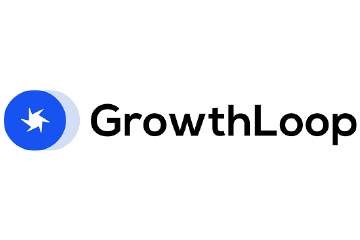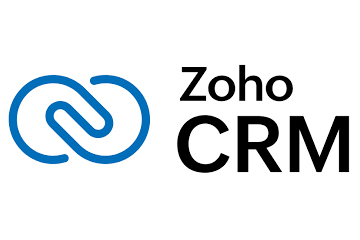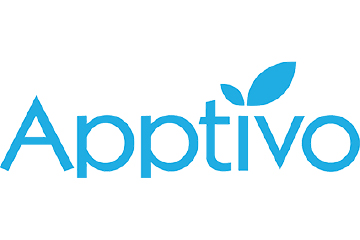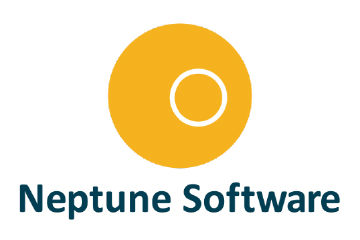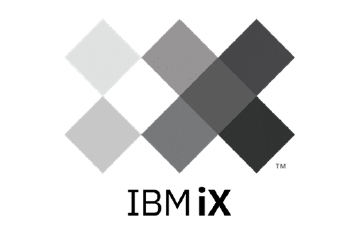The Real Cost of Fragmentation and the Power of Unified Platforms
As Southeast Asia’s digital economy surges, businesses across the APAC region need a unified platform for growth. But they face a critical challenge: fragmented data and disconnected systems are standing in the way of delivering the seamless customer experiences today’s buyers expect.

The Asia Pacific region is home to a hotbed of digital activity. Southeast Asia’s digital economy alone is projected to deliver US$122 billion in revenue by 2024, highlighting the critical role of digitalisation as a growth driver across the region’s markets.
Yet amid this digital acceleration, APAC businesses face a growing challenge: the ability to effectively connect with customers is being hampered by fragmented technology and data. When customer insights are scattered across dozens of disconnected tools, it becomes increasingly difficult to deliver the connected experiences that modern buyers expect.
The scale of this fragmentation is striking – businesses in Singapore are using upwards of 50 different applications (according to HubSpot proprietary research) to manage customer interactions, from messaging and social media platforms to email marketing, advertising, and customer support systems. For marketing teams, this creates immediate barriers. Valuable customer insights become trapped in silos, campaign performance data lives in multiple platforms, while teams struggle to maintain visibility across the organisation – directly impacting their ability to deliver optimal customer experiences and drive growth.
The Real Cost of Disconnection
When organisations operate with disconnected systems, two major challenges consistently emerge: difficulty in system adoption and issues with data integration. When tools are too complex or don’t integrate well with existing workflows, teams simply won’t use them effectively, leading to poor adoption and wasted investment.
As organisations grow, their tech stacks often expand to include new tools to solve emerging challenges. The issue is that these tools often don’t integrate with what’s already being used, and there is no hierarchy on which platform is the source of truth. The result? Teams operate from different datasets, customer data and insights are captured in different systems, and the ability to deliver cohesive experiences diminishes.
Fragmentation isn’t just inefficient—it’s costly. Disconnected customer experiences lead to higher churn, lost revenue, and rising acquisition costs. The Leaky Bucket Theory illustrates this: businesses pour resources into acquiring customers, but without a strong retention strategy, they slip away — forcing companies to spend even more just to stay afloat.
Churn isn’t just a missed opportunity; it’s a direct hit to profitability. Acquiring a new customer can cost five to seven times more than retention, yet without a unified view of the customer journey, businesses struggle to reduce friction, drive engagement, and build long-term loyalty.
Another outcome of disconnection is the challenge that organisations will face in measuring the true impact of marketing on business growth. Without unified data and systems, decision makers will struggle to definitively link business gains to specific marketing activity, making it difficult to demonstrate its ROI. With no way to make a compelling case, marketing teams will face an uphill task securing any additional budget for future campaigns.
ALSO READ: Is a Fresh Marketing Approach Required to Meet SEA Customer Expectations?
The Power of a Unified Platform Approach
The solution lies in a platform that connects all your customer interactions, data and teams in one place, unifying your entire go-to-market approach. Think of it as your organisation’s central nervous system – when a customer interacts with your brand, whether through social media, email, or support channels, everyone in your organisation can access that information in real-time. For APAC businesses, this means seamlessly connecting tools they use daily, from messaging apps to payment and service systems, all working together to help teams deliver better customer experiences.
The rise of AI presents another compelling reason for unified data. Research we conducted with Singapore businesses suggest that many organisations are planning to invest in AI tools, but success depends on having quality, connected data as a foundation.
Let me give you a practical example. When a marketing team is creating a new campaign, AI can be incredibly powerful in personalising content and optimising targeting. But imagine if your customer’s website behaviour is tracked in one system, their email engagement data sits in another platform, and their purchase history lives in a third. The AI tool won’t have access to the full picture, limiting its ability to create truly personalised experiences. However, when all this data lives in a unified platform, AI can be used to analyse every interaction – from content preferences to conversion patterns – to automatically segment audiences, predict the best time to send communications, and even generate highly targeted content that resonates with specific audience segments. This is how marketing teams can scale personalisation while ensuring every touchpoint feels relevant and timely.
Moving from Insight to Action
While the benefits of unified data are clear, achieving them requires careful thought and planning. Don’t pursue a unified platform for the sake of it – start by asking what specific customer experiences you want to deliver and what business outcomes you’re trying to achieve. These questions should guide your approach to bringing your data and systems together.
This level of strategic alignment is crucial in APAC, where the pace of change is unprecedented. Our research shows that eight in ten organisations in Singapore have evolved more in the last four years than in the previous two decades. In this environment, maintaining the status quo of disconnected systems isn’t just inefficient – it’s a competitive disadvantage. Furthermore, as AI becomes more integrated into daily operations and agentic AI is on track to drive the next big shift in APAC’s business and tech landscape, the organisations that build on a foundation of connected data and systems will be best positioned to implement practical uses of AI across their workflows, from marketing to customer service.
The transition to a unified platform might seem daunting, but the cost of delay is higher. Businesses that embrace this change aren’t just solving today’s challenges – they’re building the capability to move faster, adapt quicker, and deliver better customer experiences at every touchpoint. After all, the real objective isn’t just to connect your data – it’s to create exceptional customer experiences and drive sustainable business growth.
ALSO READ: 5 Expert Tips to Inspire Your CPG Marketing Strategy


